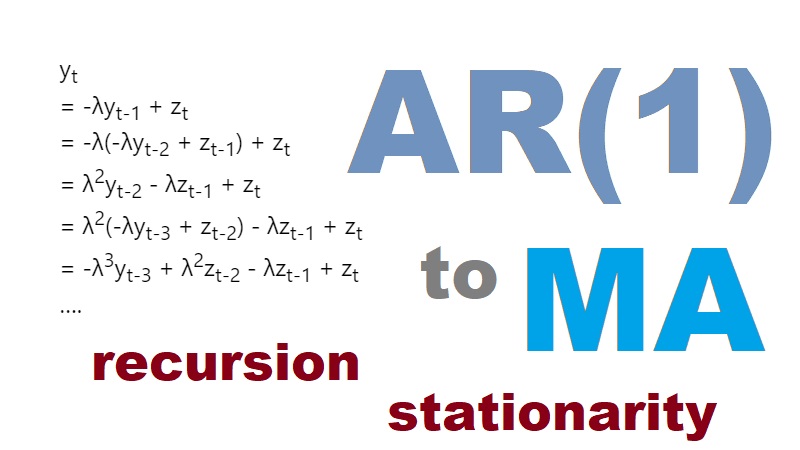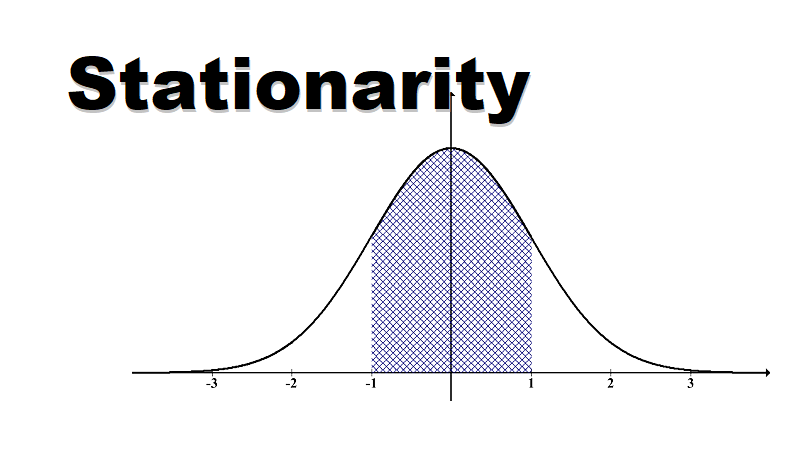Category: Mathematics
-

Testing the Random Walk Model
—
in MathematicsThe Efficient Market Hypothesis (EMH) EMH states that markets are efficient in the sense that investors take into account all available information when making an investment decision. Therefore, the only reason prices change is due to randomness. In other words, randomness of prices is a sign of markets operating efficiently. The random walk model The…
-

From AR(1) to MA
—
in MathematicsIn this post, we’ll learn to convert a AR(1) model to a MA model. The moving-average model specifies that the output variable depends linearly on the current and various past values of a stochastic (imperfectly predictable) term. https://en.wikipedia.org/wiki/Moving-average_model So, a MA model should only depend on zt-k, where k >= 0. Converting a AR(1) Model…
-

Solving the AR(1) Model – Finding its Mean, Variance and Covariance
—
in MathematicsWe discussed the AR(p) model previously when discussing linear time series. In this post, we’ll learn to solve the AR(1) model, where Rt = c0 + c1Rt−1 + σ*zt Finding the Mean of the AR(1) model E[Rt] = c0 + c1E[Rt−1] + σ*E[zt]= c0 +c1E[Rt−1] + σ*0= c0 +c1E[Rt−1] Since AR(1) is stationary, E[Rt] = E[Rt−1]…
-

What is Stationarity? Definition, Examples and Worked Solutions
—
in MathematicsStationarity Stationarity means the probability distribution of a stochastic process does not change over time. Examples: Probability on the dice is the same every day on every roll Probability on the roulette wheel does not change over time Probability on a deck of cards is the same on every draw In mathematics and statistics, a…
-

Linear Time Series
—
in MathematicsWhat is a time series? Time series are used to model processes that are discrete. These processes can be genuinely discrete or they can be continuous, but we observe them periodically. For instance, we can use time series to model corporation cuμlative income. The income of a corporation is continuous, but we may only observe…
-

The Discrete-Time Random Walk model
—
in MathematicsThe random walk model is a basic model that describes stock prices as a sum of multiple random IID variables, where IID stands for “Independent and identically distributed”. Independent means the variables do not depend on each other. For instance, if each variable represents the result of the toss of a fair coin, the probability…
-

What is a Stochastics Process?
—
in MathematicsA stochastics process is a time dependent random variable. In other words, it is a variable, not a “process” per se. The time that the variable depends on can be continuous or discrete. Continuous time is more complex, we’ll cover it later. For the discrete case, suppose we let S be the random variable. Typically,…
